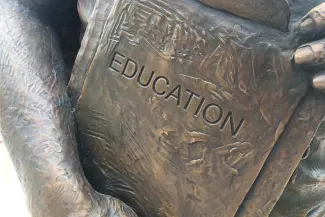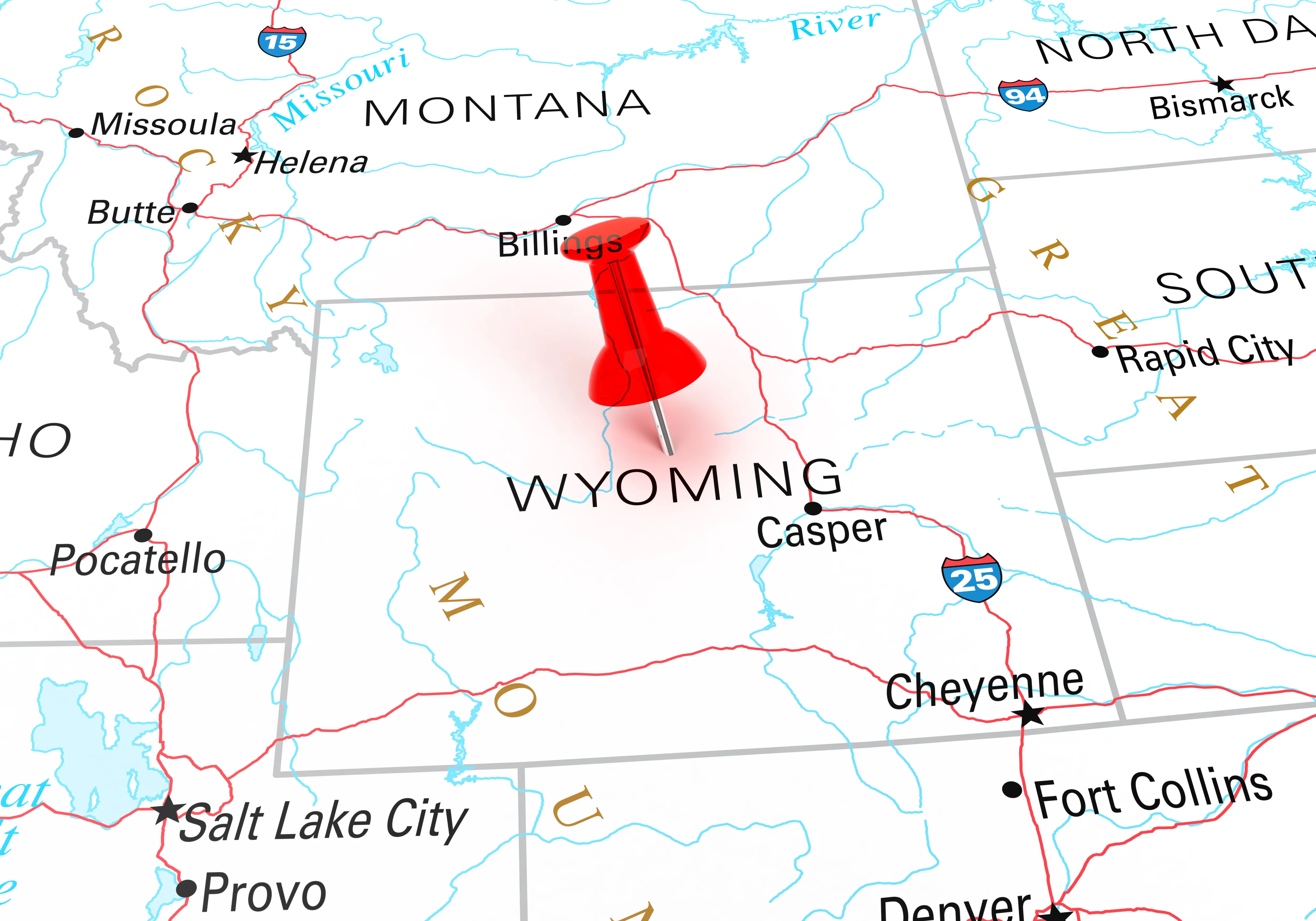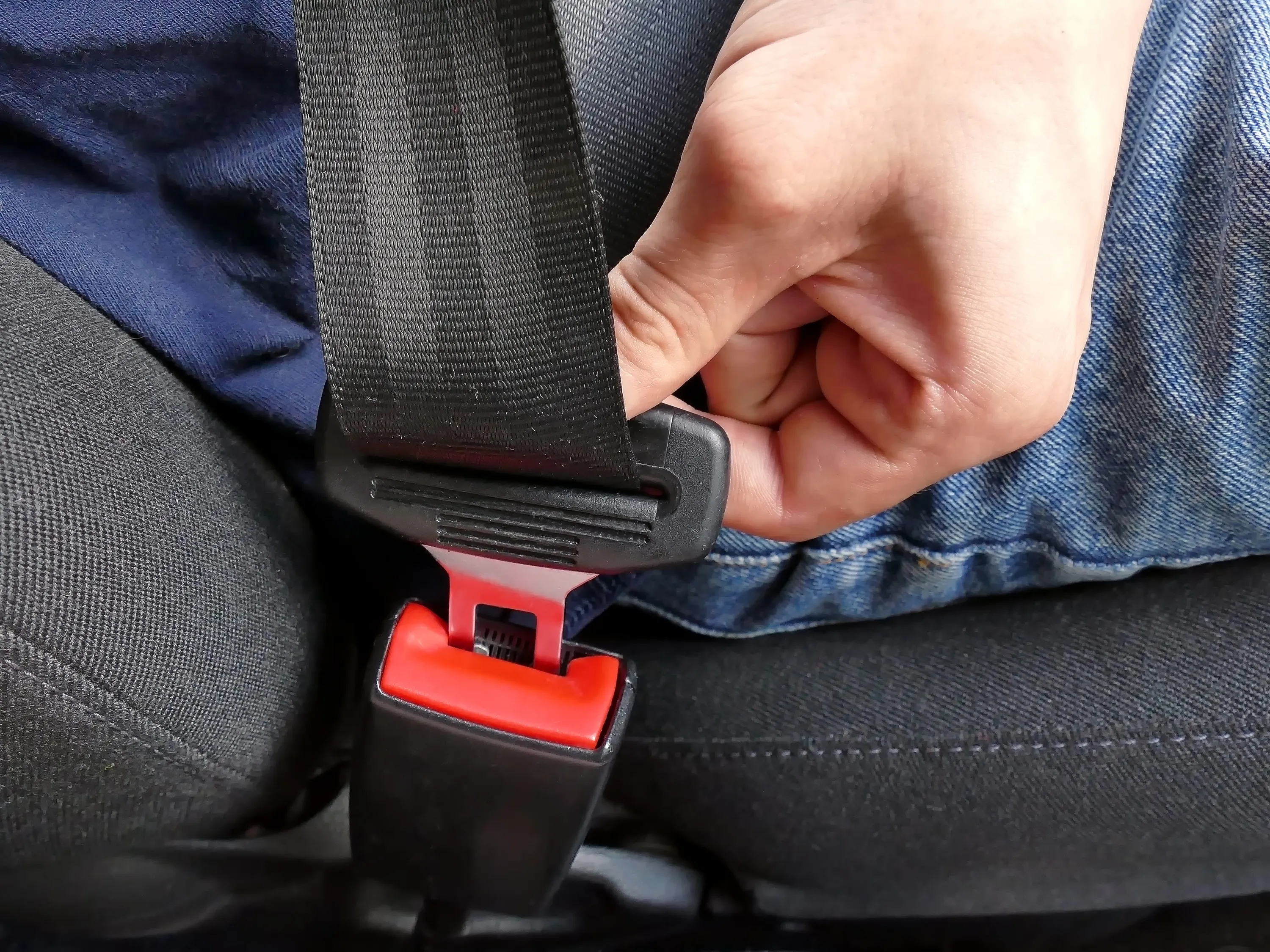
FAFSA applications, including first-come, first-served aid, go live Wednesday
Applications for federal student aid open this Wednesday, a key date for families with their sights on a college education for kids graduating high school. However, if last year’s statistics repeat themselves this new cycle, it is likely that few Utahns are aware of that date.
With 38.25 percent of Utah 12th graders filing the Free Application for Federal Student Aid form — widely known as FAFSA — the state had the second-lowest completion rate in the country, according to a survey by Sallie Mae, a financial institution that provides private student loans, and the market research consultant Ipsos.

© flickrcc - Alan Levine
“Filing early matters,” according to a news release from Sallie Mae. That’s because some aid is first come, first served.
New data from the same survey shows that only 21 percent of families in the country know about the Oct. 1 applications start date, which could come at a cost since aid packages can include competitive grants, scholarships, work-study programs, federal loans, and state or school funding to pay for tuition, housing, meals, books, or other expenses.
According to the survey, during the 2024-2025 academic year, undergraduate students nationwide spent an average of $30,837 on higher education, a 9 percent increase from last year, when they reported spending $28,409 on average.
The typical family covered about 38 percent of those expenses with parents’ incomes and savings. But, 27 percent of college funding came from scholarships and grants, 11 percent from parent borrowing, and 12 percent from student borrowing.
According to the study, “40 percent of undergraduate families did not use scholarships in (academic year) 2024–25. Among them, a striking 70 percent did not even apply. The leading reasons families didn’t pursue scholarships include lack of awareness (34 percent) and a belief that the student won’t win (28 percent).”
The new FAFSA is easier to complete, the release says, but still 58 percent of families have reported needing help with it. Resources about the process are available online on the Utah System of Higher Education website.

















